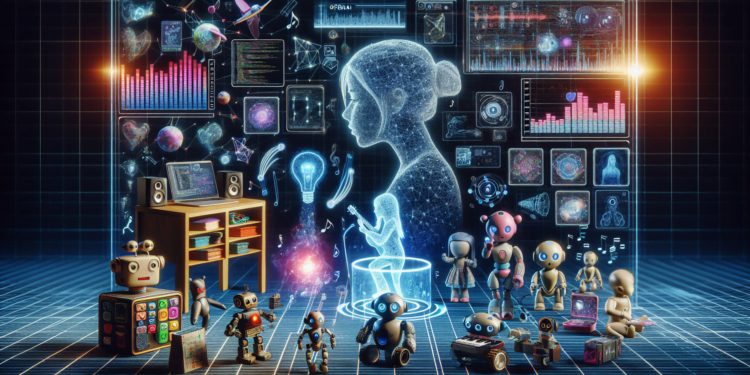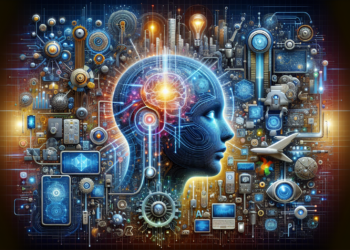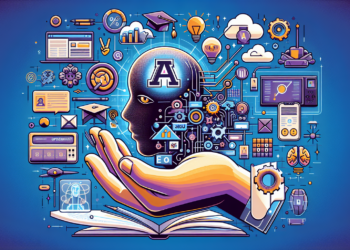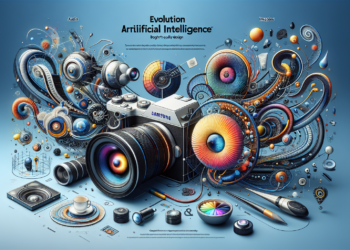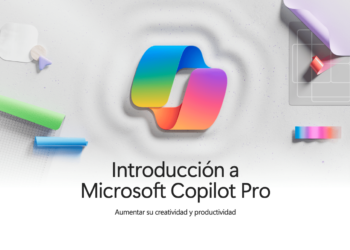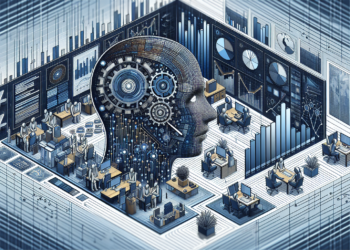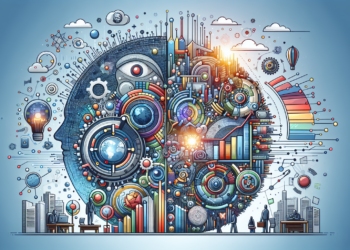Currently, the merging of artificial intelligence (AI) with the realm of play represents a cutting-edge vertex in the convergence of technology and cognitive development. The collaboration between OpenAI and artist Grimes has led to interactive toys that not only entertain but also stimulate creativity and learning in children through the use of advanced algorithms and machine learning systems.
Foundations and Advances in AI in Educational Toys
To analyze the impact and features of such toys, it is necessary to first understand the AI fundamentals that bring them to life. Modern smart toys are infused with pattern recognition algorithms, natural language processing (NLP), and reinforcement learning. These algorithms enable the toys to “understand” and respond coherently to verbal and environmental stimuli received from children.
OpenAI has been at the forefront of developing generative models, such as GPT-3, capable of understanding and generating language at a level comparable to humans. Essentially, these models are based on transformer neural networks, which process sequences of input to generate relevant output sequences, such as responses to a question or comments pertinent to a discussed topic.
Emerging Applications and Learning Through Play
When we focus on the development of AI in toys, we encounter practical applications such as:
- Personalized Verbal Interaction: By using NLP, toys can develop personalized dialogues with children, adjusting their complexity and themes to the user’s abilities and preferences.
- Adaptability and Continuous Learning: By integrating reinforcement learning techniques, these toys adapt their behaviors and responses based on past interactions, improving relevance and engagement over time.
- Sensory and Cognitive Stimulation: Using sensors and motors, AI toys can respond to tactile and acoustic stimuli, encouraging exploration and sensory discovery.
Comparison with Previous Works and Future Projections
Comparing current smart toys with previous generations, the evolution from simple programmed responses to dynamic interactions and adaptive learning is clear. Grimes’ contribution introduces an artistic and aesthetic component, emphasizing the importance of design in the play experience.
Looking to the future, the integration of AI in toys has the potential to incorporate:
- Augmented Reality and Immersive Experiences: Combining physical toys with interactive virtual environments, creating richer and more educational play experiences.
- Brain-Computer Interfaces (BCI): Interaction through reading brainwaves, enabling new forms of communication and control for children with the toys.
Case Study: Cognitive Interaction Through Play
A concrete example of AI application in toys is provided by a project from OpenAI and Grimes, where a robotic toy uses conversational models to teach children basic principles of physics. The toy evaluates the child’s understanding through adaptive questioning, leading to individualized and challenging learning.
In this context, the toy tracks the child’s progress, identifying strengths and weaknesses, and adjusting its pedagogical approach. This careful monitoring allows for a personalized learning experience that adapts not only to the cognitive level but also to the specific interests of each child.
Technical Innovations and Their Application in AI Toys
The most recent innovations such as few-shot learning models and federated learning open the door to toys that learn quickly and respect privacy by adapting to data without the need to centralize information.
Conclusion
AI-powered toys for children represent a qualitative leap in how we conceive play and early learning. By integrating the latest advances in AI, OpenAI and Grimes are not just developing a product; they are redefining the intersection of creativity, personalization, and technology in childhood development, anticipating an era in which child’s play becomes an educational experience as enjoyable as it is instructive. Over time, it is expected that this trend will not only persist but also evolve towards a paradigm where the toy is not merely an object but an intelligent and personal companion on the journey of learning and imagination.

